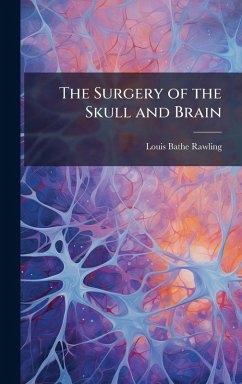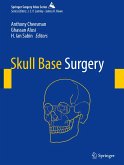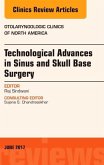"The Surgery of the Skull and Brain" by Louis Bathe Rawling, first published in 1912, provides a detailed exposition of early 20th-century neurosurgical practices. This historical text offers insights into the surgical techniques, anatomical considerations, and prevailing medical knowledge of the era. Rawling's work covers a range of procedures involving the skull and brain, reflecting the pioneering efforts in a rapidly evolving field. This book serves as a valuable resource for medical historians, neurosurgeons, and anyone interested in the development of surgical interventions. It showcases the challenges and innovations that shaped modern neurosurgery, offering a glimpse into the past while appreciating the advancements in contemporary medical practice. This work has been selected by scholars as being culturally important, and is part of the knowledge base of civilization as we know it. This work was reproduced from the original artifact, and remains as true to the original work as possible. Therefore, you will see the original copyright references, library stamps (as most of these works have been housed in our most important libraries around the world), and other notations in the work. This work is in the public domain in the United States of America, and possibly other nations. Within the United States, you may freely copy and distribute this work, as no entity (individual or corporate) has a copyright on the body of the work. As a reproduction of a historical artifact, this work may contain missing or blurred pages, poor pictures, errant marks, etc. Scholars believe, and we concur, that this work is important enough to be preserved, reproduced, and made generally available to the public. We appreciate your support of the preservation process, and thank you for being an important part of keeping this knowledge alive and relevant.
Bitte wählen Sie Ihr Anliegen aus.
Rechnungen
Retourenschein anfordern
Bestellstatus
Storno








